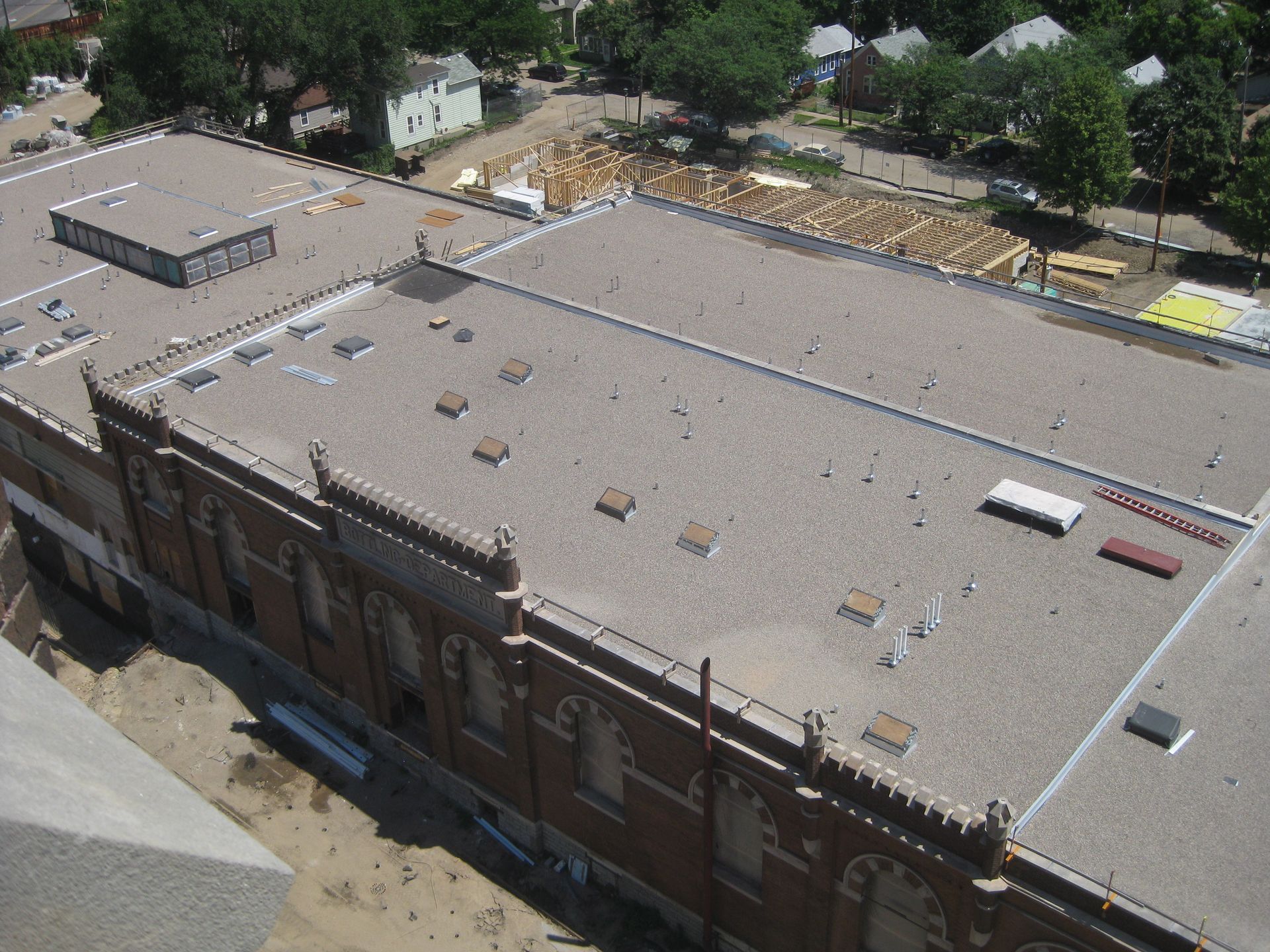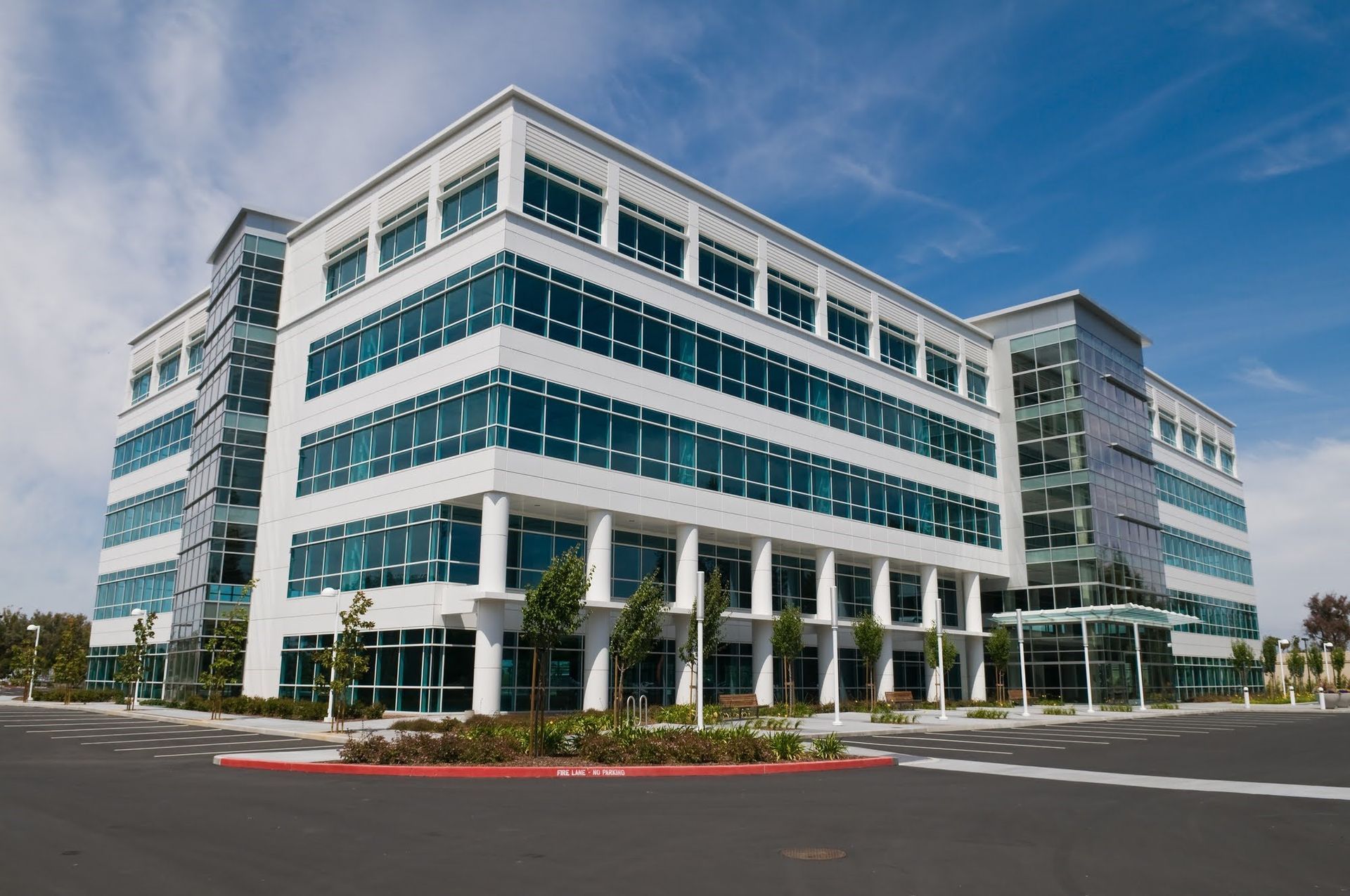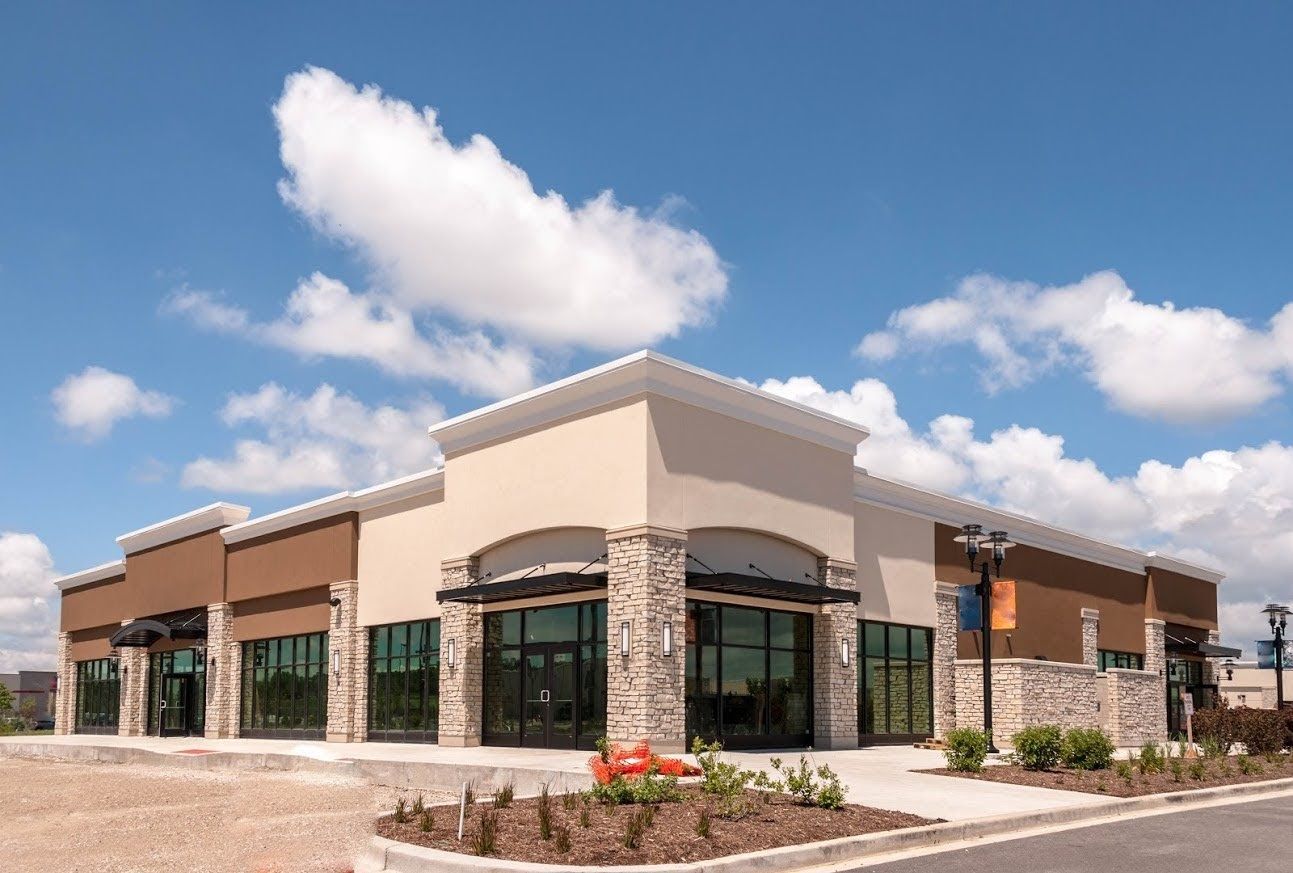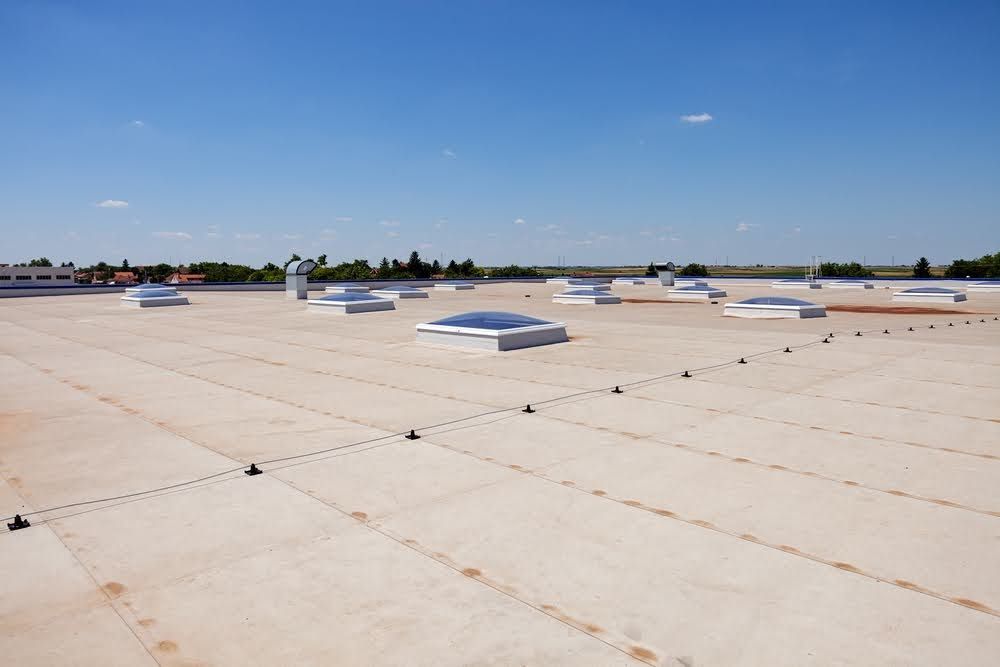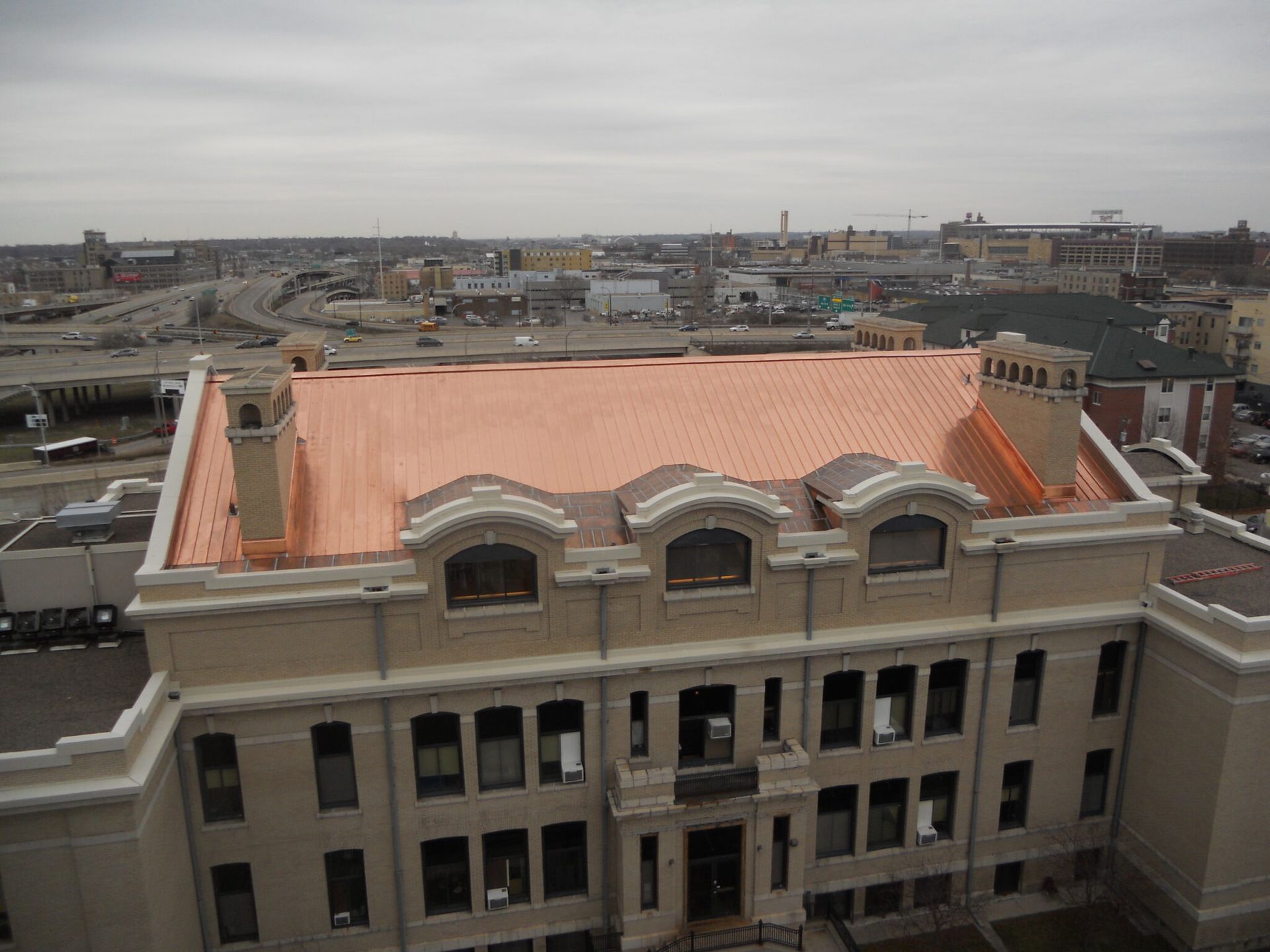Blog
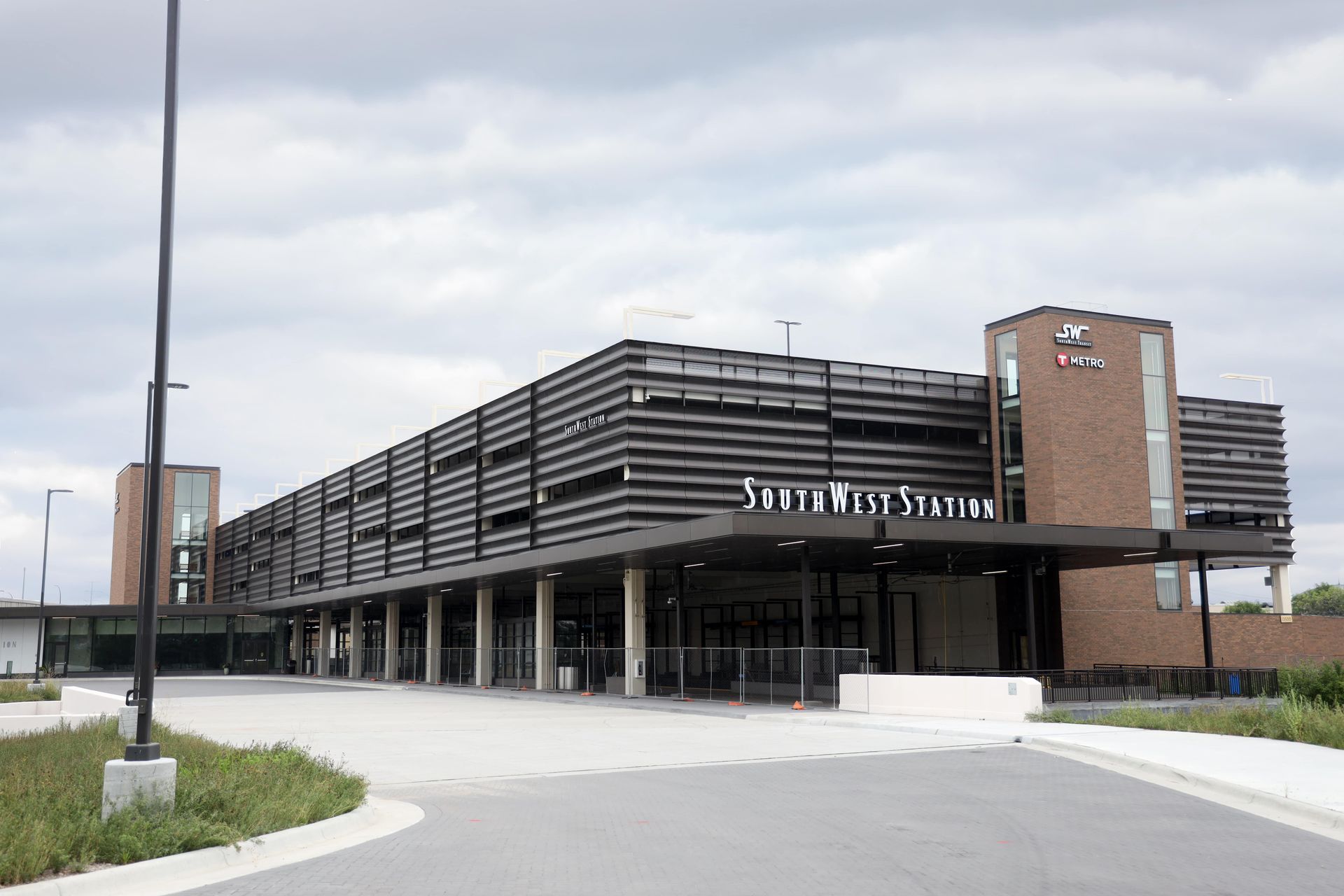
31 Oct, 2023
The Southwest Green Line LRT Extension in Minnesota has been an extensive project in the region. In collaboration with Berwald Roofing & Sheet Metal, Astro Metal Craft has played a vital role in supplying custom perforated rolled aluminum architectural panels and steel plate panels. These architectural panels have added both aesthetic appeal and functionality to the Southwest Station & Parking Structure
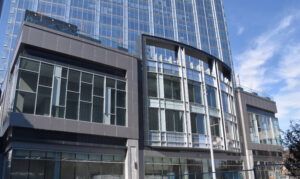
By Berwald Roofing & Sheet Metal
•
01 Sep, 2023
If you’ve decided to invest in metal panels for your commercial building, you’ve made an excellent choice. Metal wall panels provide benefits you might not have considered. Metal wall panels are durable, long-lasting, and eco-friendly. Plus, they enhance the appearance of any commercial building. However, metal panels do need routine maintenance, especially if you want […]
The post Own a Commercial Building? 5 Ways To Extend the Life of Your Metal Panels appeared first on Berwald Roofing Inc.
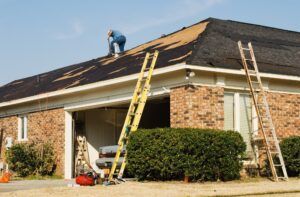
By Berwald Roofing & Sheet Metal
•
14 Aug, 2023
For many homeowners, roof replacement is a big project that requires careful planning and budgeting. Otherwise, you might rush the project, fail to raise the replacement money, or fail to get the roof you want. Below are some tips to prepare for roof replacement. Evaluate the Entire Roof’s Condition A careful roof assessment will […]
The post Preparing for Roof Replacement appeared first on Berwald Roofing Inc.
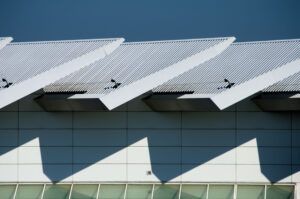
By Berwald Roofing
•
21 Jul, 2023
As a commercial property owner, you need to make an informed decision about your roof that meets the unique needs of your building. For example, the choice of roofing materials is a critical decision that can significantly impact the overall performance and longevity of the building. Selecting the right roofing materials involves careful consideration of […]
The post 6 Considerations for Choosing Roofing Materials appeared first on Berwald Roofing Inc.
Trust Berwald Roofing, Minnesota's experts in roofing, sheet metal, and wall panels with your project, no matter the size.
2440 Charles, St N
Saint Paul, MN 55109
Phone: 651-777-7411
Fax: 651-777-1371
CONTACT US
Contact Us
Thank you for contacting us.
We will get back to you as soon as possible.
We will get back to you as soon as possible.
Oops, there was an error sending your message.
Please try again later.
Please try again later.
Content, including images, displayed on this website is protected by copyright laws. Downloading, republication, retransmission or reproduction of content on this website is strictly prohibited. Terms of Use
| Privacy Policy



